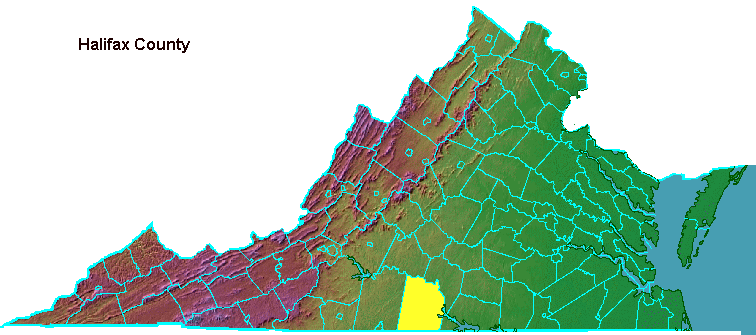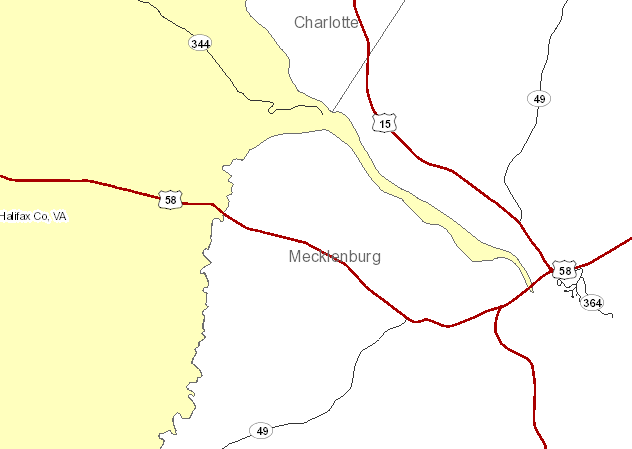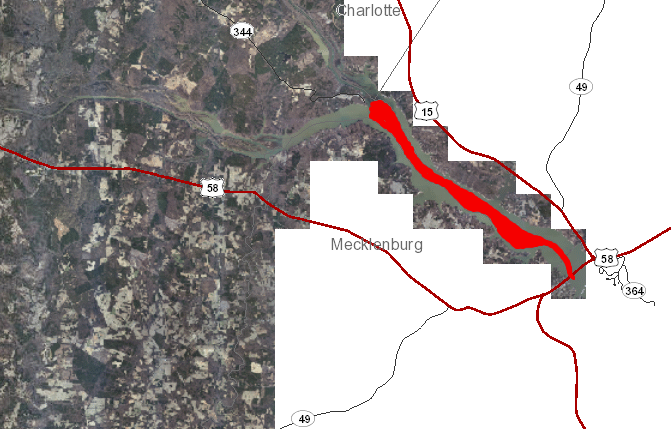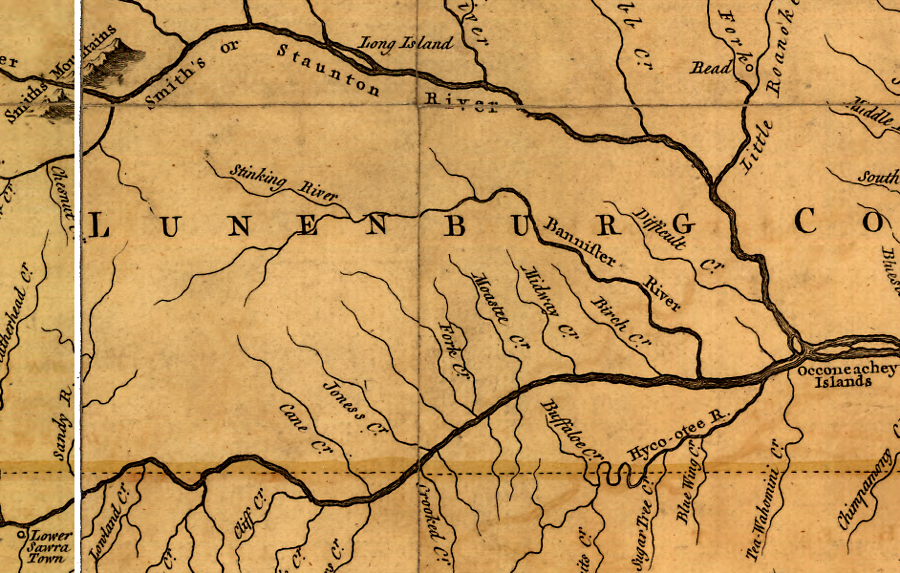

Halifax County is named for the second Earl of Halifax, George Montagu Dunk. He revitalized the Board of Trade in London while he was First Lord from 1748 to 1761, stimulating the "mother country" to manage more actively the lucrative colonial trade.
Virginia was required to export its tobacco to England, rather than ship directly to France (the largest market for Virginia's major product). This was an accepted practice, under the old mercantile system. The colonies were supposed to support the mother country, rather than have the freedom to grow in an unlimited fashion. The fees for those exports were a significant source of revenue to the Crown, well worth protecting. The county was created and named for Lord Halifax in 1752 - before the disputes over trade and taxes led to such a fear of British domination that the colonials revolted in the American Revolution.


